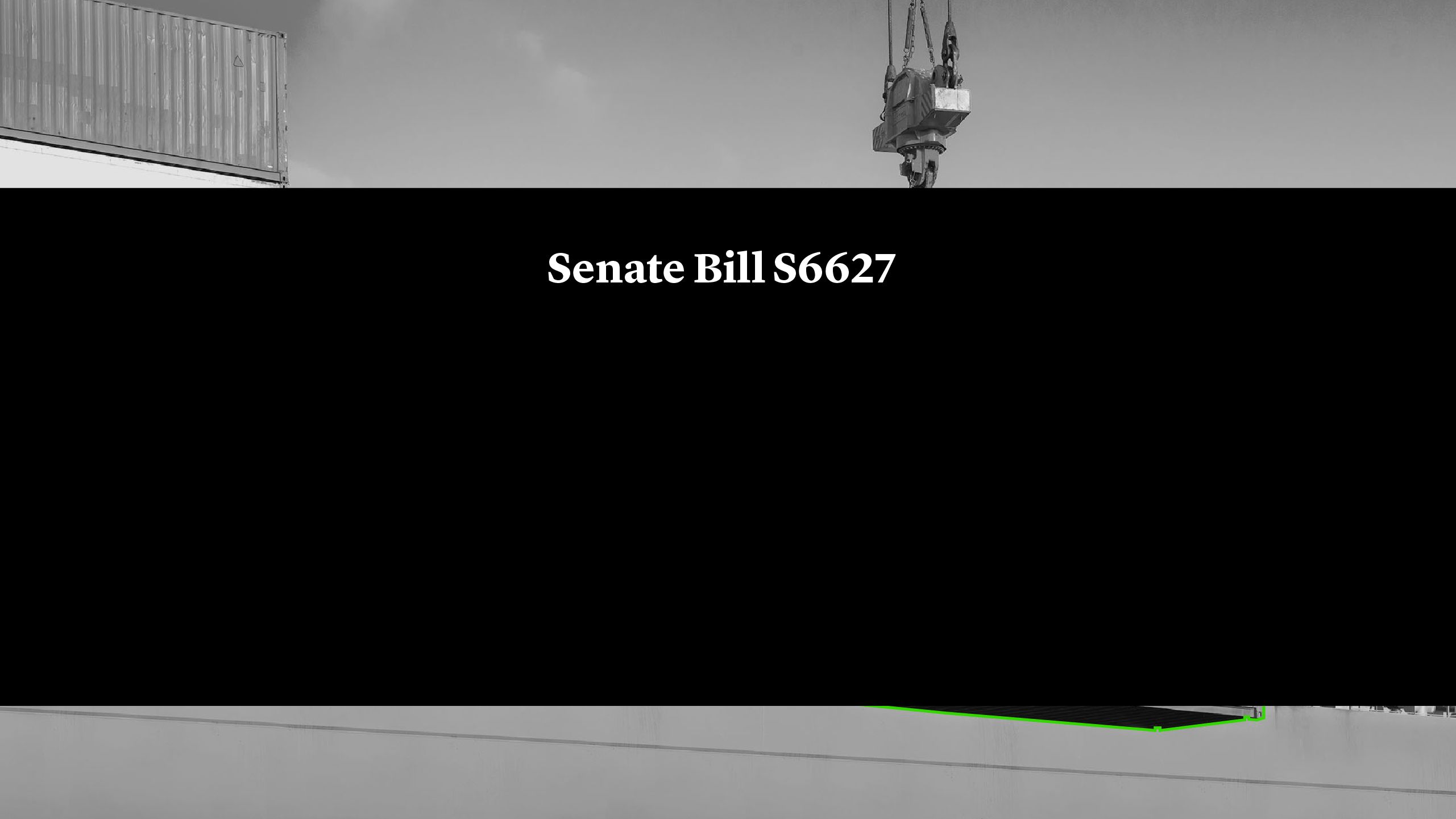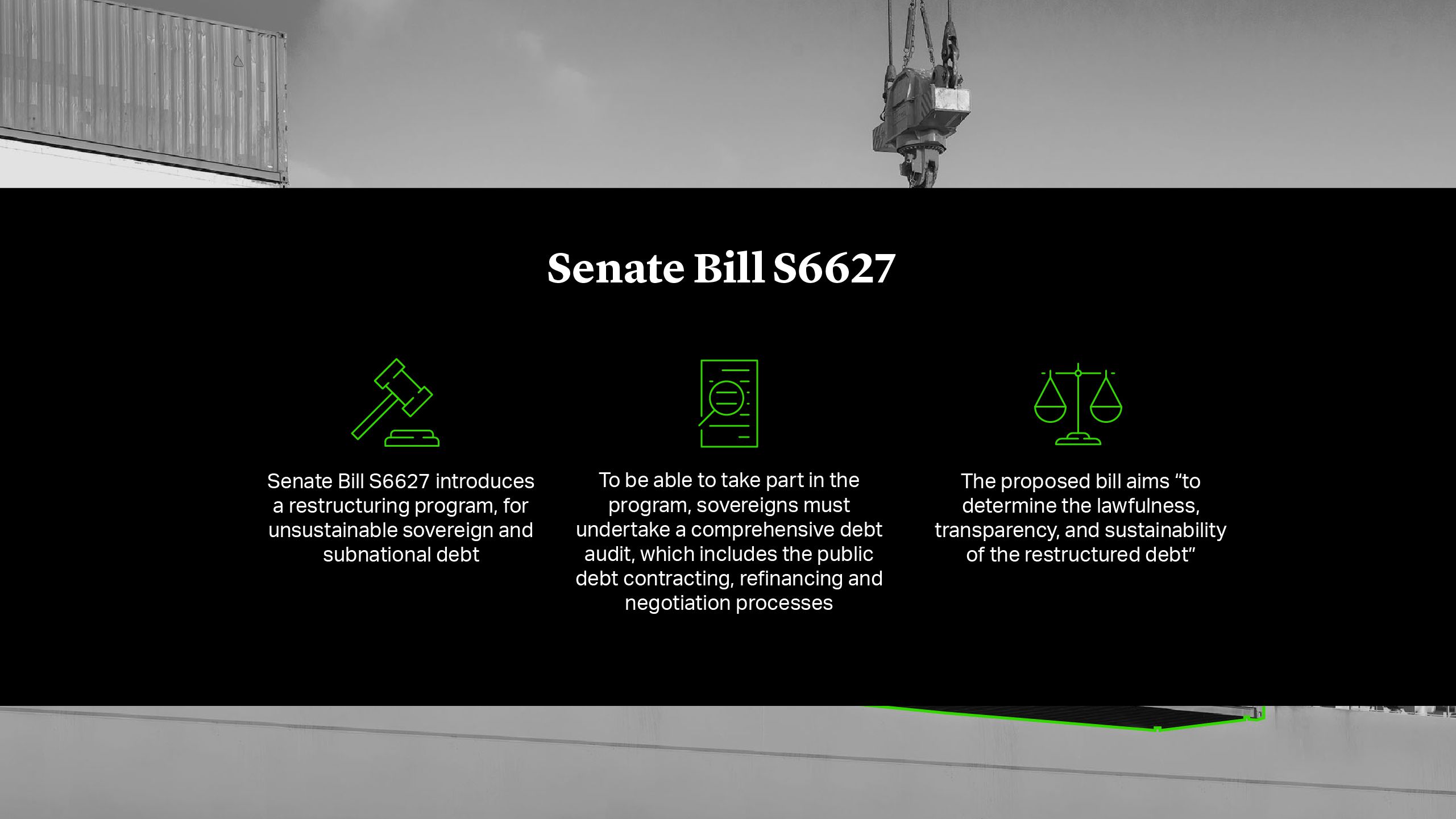








Sovereign debt transparency has become a hot topic of late and is likely to remain so in 2022. According to the World Bank, 40% of low-income countries have not published debt data for more than two years.
Since 2021, the Organization for Economic Co-operation and Development (OECD) Debt Transparency Initiative1 has been working to build a user-friendly data repository, for low-income developing countries, to improve debt transparency. The Initiative is unlikely to succeed, however, without widespread cooperation from debtor and creditor sovereigns.
The Bretton Woods Committee’s January report on the subject2 follows recent analysis of the problem from the World Bank3 and the Institute of Finance (IIF)4. All commentators tend to agree on one thing – that the only way to seriously address sovereign debt transparency is for all market players to play their part.




The Official Sector
As recent reports by The Bretton Woods Committee and the World Bank both agree, the International Monetary Fund (IMF) and other international development and financial organizations (including the World Bank) are uniquely placed to promote greater transparency. The official sector is pivotal to bringing all actors – including private creditors, sovereigns, and rating agencies – to the table.
The Bretton Woods Committee report argues setting minimum disclosure requirements for sovereigns seeking support, such as the IMF’s Special Drawing Rights (SDR), would make a tangible difference to transparency. Sovereigns could be given practical and technical support to meet these requirements, as well as advice on improving debt management. Its analysis suggests financial incentives for sovereigns to meet disclosure requirements.
The Bretton Woods Committee report also recommends adding disclosure requirements to the IMF’s Special Data Dissemination Standard (SDDS) and extending its use beyond capital markets.
Another idea under discussion is whether the G20 should develop a “best practices guide” for bilateral sovereign lending to crack down on practices such as confidentiality clauses. These clauses came under renewed scrutiny following recent revelations that they have been widely used by Chinese creditors in sovereign debt transactions. The World Bank and others have also called for improvement of debt disclosure requirements in the G20’s Common Framework.
Credit Rating Agencies
The World Bank and Bretton Woods Committee reports both recommend working with credit rating agencies to promote greater transparency. For example, certain ratings levels could be conditional on meeting minimum disclosure requirements. Disclosure “scorecards” for sovereign borrowers could be used to further encourage transparency, and so too could information-sharing among agencies.






Sovereigns
As the Bretton Woods Committee report discusses, individual sovereigns – both debtors and lenders – could promote greater transparency by enacting a variety of legislation, such as ensuring only publicly disclosed sovereign debt is enforceable. To illustrate the power of legislation, the report highlights a New York State bill, introduced in 2021 and which is currently at committee stage. This would require sovereigns to complete a comprehensive debt audit before they could access a restructuring program, created by the bill.
Procedural Transparency and Private Creditors
Unlike other commentary on the subject, the Bretton Woods Committee report moves beyond sovereign debt transparency and looks towards procedural transparency within the restructuring process. Although private sector creditors hold roughly half of all external sovereign debt claims, they are largely excluded from restructuring discussions between the IMF and other official and bilateral creditors. This lack of procedural transparency, the report argues, can discourage these creditors from accepting the final settlement.
Engagement clauses, which commonly appear in sovereign bond documents, have untapped potential to draw private creditors further into restructuring arrangements, the Bretton Woods Committee argues. They can require sovereigns to recognise Ad Hoc Committees, for example, and there is also potential to widen their scope and make them more robust. The clauses would be particularly effective, the report adds, if they were endorsed by the official sector.
If Ad-Hoc Committees were formally integrated into negotiations, this could also be a way to encourage greater transparency from private creditors. As the Bretton Woods Committee report adds, this can already be seen in Rule 2019 of U.S. Chapter 11, which requires committees to disclose information about their members and their claims5.
This article details just some of the options explored in recent analysis of the problem. For improvements to start to happen quickly, however, it is essential to follow a range of strategies simultaneously and for all market players to play a role.


Richard J. Cooper
Partner
New York
T: +1 212 225 2276
rcooper@cgsh.com
V-Card
Jim Ho
Partner
London
T: +44 20 7614 2284
jho@cgsh.com
V-Card
Rathna Ramamurthi
Associate
Washington, D.C.
T: +1 202 974 1515
rramamurthi@cgsh.com
V-Card





